How to create a founders' origin story. A rise from obscurity, through business trials and troubles to eventual success and if not fame - notoriety.
Founders' stories are uber popular, CEO interviews take up a huge amount of podcast real estate. You'll hear them on podcasts like How I Built This with Guy Raz and radio shows including Desert Island Disks.
But if you're a founder or the founder's marketing & PR department why should you consider preparing and telling your story?
Well a compelling, one-hour-long podcast interview about how you made it, will be an enduring record.
Why is it important to have a founders' origin story?
It's a narrative from your point of view about your success that crucially you have written. Getting this first draft down is important because it'll become a reliable source for future stories told about you by journalists.
You'll lay down the facts - as you see them - putting a marker in the ground saying, "This is how it happened."
Also, from a business point of view - If you want to build your brand identity and foster an authentic image with stakeholders - It can be a fast, cheap and fabulous shortcut.
Ok, founder stories are great, they're compelling, but how do you go about telling them?
More media training guides and podcasts

Mastering profile interviews in the media

Media appearances, the unwritten rules

Public apologies, how to say sorry in the media and mean it

Why off-the-record journalism is riskier than you think
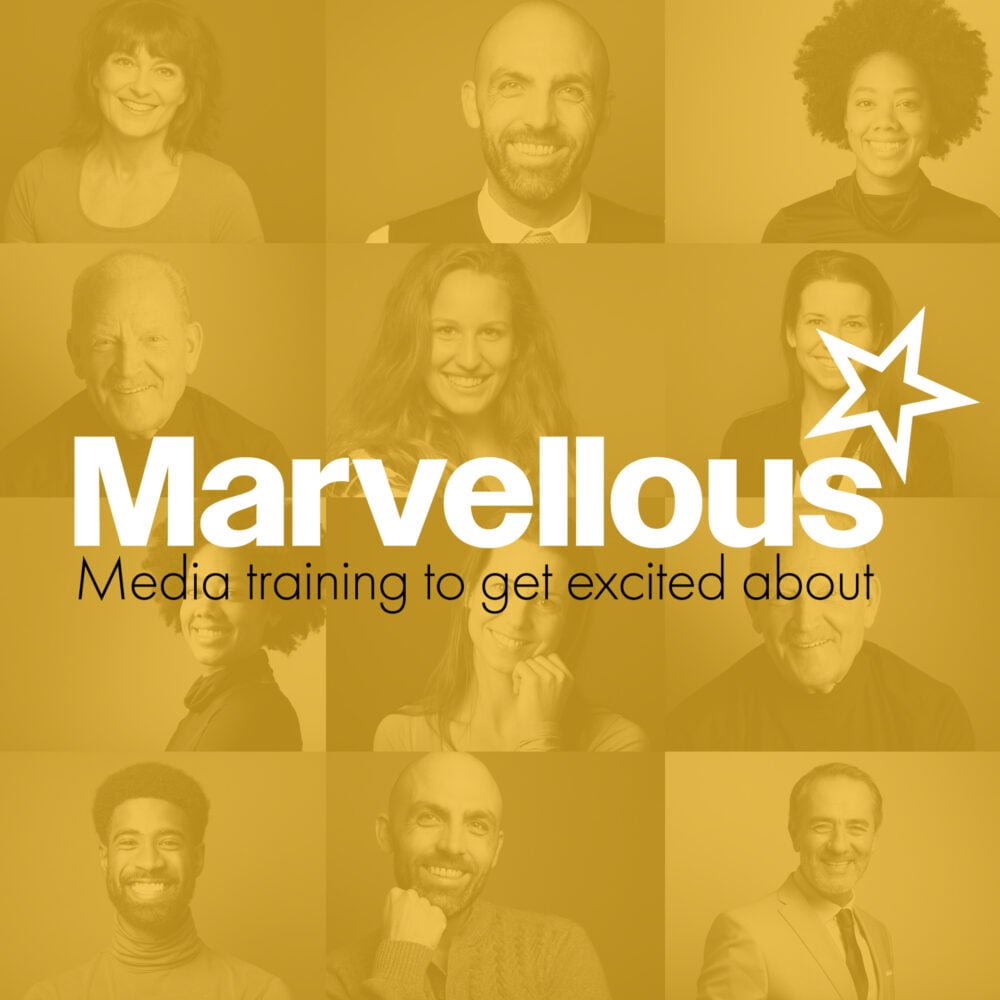
What are key messages in the media?

Give your leader feedback after a media interview

Why avoid corporate speak and office jargon in media interviews?
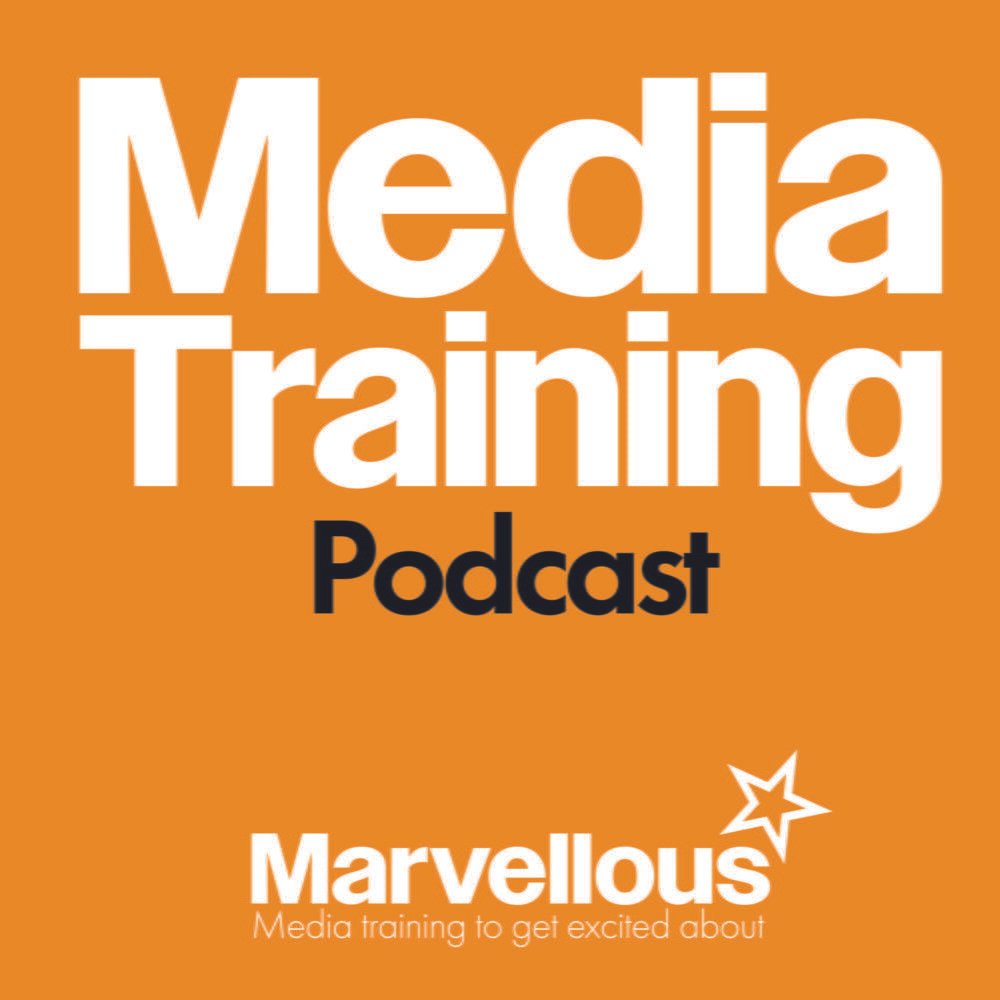
Media interview preparation checklist

How to create a founders’ origin story

How to answer hostile or negative questions from a journalist

How to be authentic in a media interview

Crisis Management: How to write a holding statement
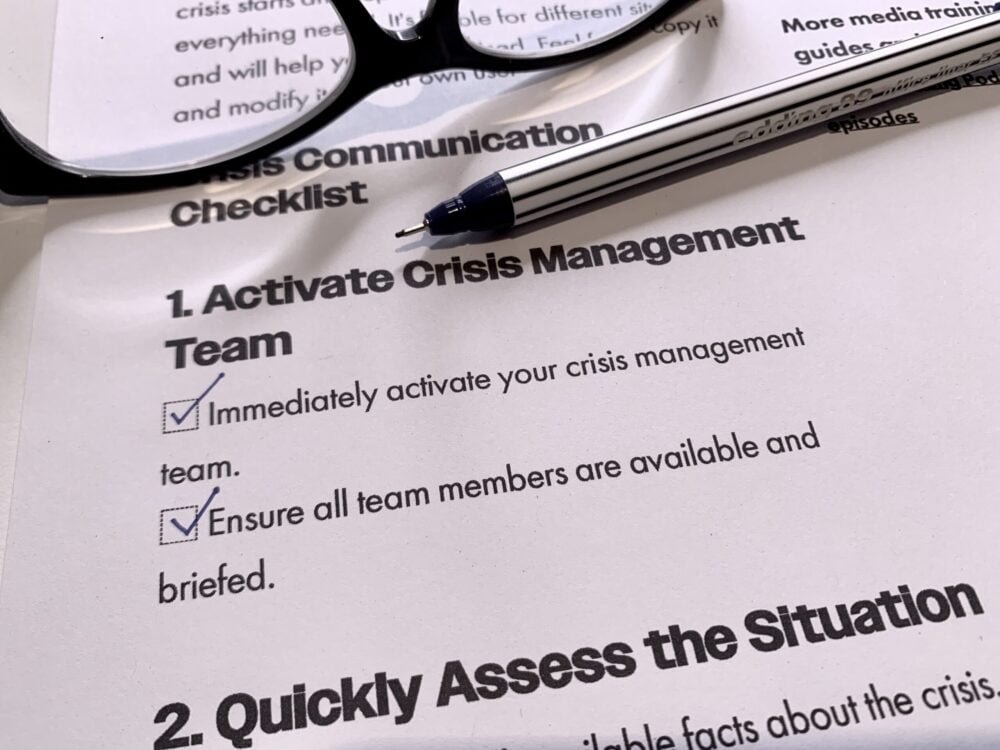
Crisis communications checklist

How to create a successful media soundbite
Founders' stories don't follow the usual rules of media relations
To start with founder's stories don't follow the usual rules of a media appearance. For starters, you'll have to include career mistakes, failures and details of your personal life. Not the usual stuff you would talk about on-air or online.
That's why you should consider where it's going to be published carefully. This is feature material not news so it needs to be on a show that specialises in this sort of long-form content. By long-form, I mean roughly 45 minutes plus interviews.
The podcast or radio show you appear on should have a track record of founders' origin stories. So you can listen in advance and decide if the way others have been treated works for you.
Similarly, unlike news in this situation, you can request final approval on the show. You can ask to hear it and make any edits you feel necessary before it's published. You'll need to agree on this in advance in writing.
How to create a founder origin story - Using classic storytelling
Ok, you've decided you want to tell your founders' story you have an idea of where to tell it. How do you go about telling it, where do you start?
An hour-long interview about your life will be fascinating for you, but we don't want everyone else bored to tears within five minutes.
Well, the good news is, this is classic storytelling. Founders' stories almost always fit into a format and that is called "rags to riches."
It sounds like a fairytale and it is.
- So, Alladin the fairtale, is a rags to riches.
- The movie Rocky, rags to riches.
- And the rise of Apple legend, Steve Jobs, is also a rags-to-riches story.
Believe it or not, all of these compelling stories, and thousands more, follow the same basic format and your founders' story can follow it too.
Great news because you can copy it.
There's a brilliant and very lengthy book on storytelling that I'm drawing from here called The Seven Basic Plots by Christopher Booker, I'll put a link in the show notes. And I'm sharing his advice on how to tell a rags-to-riches story. Thanks, Christopher.
So, there will be five steps to your founders' story.
Step one of your founders' story - Initial wretchedness and the call
Your young and lowly hero or heroine will be unhappy or dissatisfied at home or somewhere like it. For example, they might be unfulfilled wondering why they're wasting their time at Stanford University studying computer science.
As part of this format, there'll be a malevolent and dark figure shunning or scorning our heroine. This figure doesn't necessarily need to be a person, it could be an entrenched business problem or dogma that our heroine has identified. Crucially, an event happens and that calls her to action.
In Aladin, he meets a sorcerer who calls him on a trip to a magical cave. Steve Jobs, meets Steve Wozniak and they share an interest in electronics. The call is the trigger, the spark that starts the journey.
Don't skimp on this early years aspect of your founders'
narrative. It's important to know who they are and where they came from.
That's step 1.
Creating a founder's story step two - Out in the world and initial success
Our heroine is rewarded with their first but limited success. We get an indication or prevision of their eventual destiny. They also make a first encounter with their Prince or Princess and may even have an early but incomplete victory against that "dark rival."
To translate for you. Your founder has started her business or an early incarnation of it. Perhaps they've received angel investment or met a co-founder. But despite promise, there are still large hurdles or issues before the business can truly succeed.
Step three of the founders' story - The central crisis
This is how Christopher Booker describes it:
Everything suddenly goes wrong. The shadows cast by the dark figures return. Our hero or heroine is separated from the thing most important to them in the world. They're overwhelmed with despair. This is the worst moment in the story.
Now, all great founders have this central crisis, in 1985 Steve Jobs was fired by the board of Apple.
Jack Dorsey was fired as CEO of Twitter in 2008.
Both made a triumphant return.
Other crises might include, IPO problems, startups running out of cash, products failing or facing some unforeseen terminal problems.
So as a founder, what was your central crisis? Don't brush it under the carpet. It's the rock bottom from which your eventual success story will be measured.
Step four of the founders' story is - Independence and the final ordeal
Our heroine emerges from the crisis and grows in independence and strength. But there is one final test or battle with the darkness or rival. That stands between them and their ultimate goal, the climax of the story.
In Cinderella her final test is the princess's arrival, will the slipper fit her foot? Steve Jobs, returns to Apple and kills off terrible products like the Apple Newton tablet.
This forms the climax of the story. As they emerge from the crisis, we gradually come to see the hero or heroine in a new light.
The fifth and final stage of the founder story - Final union, completion and fulfilment
In the fairytales, this is the final resolution. In Jack and the Beanstalk, he lives happily ever after with riches supplied by a chicken that lays golden eggs. Cinderella marries the prince.
Your founder has her success, her reward. Their idea is now a publicly listed mega-success tech business. Your founder is as rich as Croesus. You know but it hasn't changed them! They live happily ever after, what a story.
Discuss your origin story with your interviewee, help them prepare questions that will guide your narrative
So that's one way to create your founders' story. Now you've heard this format, listen to some founders' interviews online and you'll recognise the five steps straight away.
Remember once you've built and practiced your narrative the work hasn't finished.
Your interview host isn't a mind reader you'll need to explain the twists and turns of your story to them or their research team so they can prepare questions that guide the narrative. This is part of the hidden pre-production process.
There should be no guesswork here. If your host says, "Don't worry we'll just wing it", your story isn't going to work. You're in the wrong place.
So good luck with creating your founders' story. If you need some help with your media appearance get in touch at hello@bitfamous.co.uk
Thanks for listening.

Mastering profile interviews in the media

Media appearances, the unwritten rules

Public apologies, how to say sorry in the media and mean it

Why off-the-record journalism is riskier than you think

What are key messages in the media?

Give your leader feedback after a media interview

Why avoid corporate speak and office jargon in media interviews?

Media interview preparation checklist

How to create a founders’ origin story

How to answer hostile or negative questions from a journalist

How to be authentic in a media interview

Crisis Management: How to write a holding statement

Crisis communications checklist

How to create a successful media soundbite
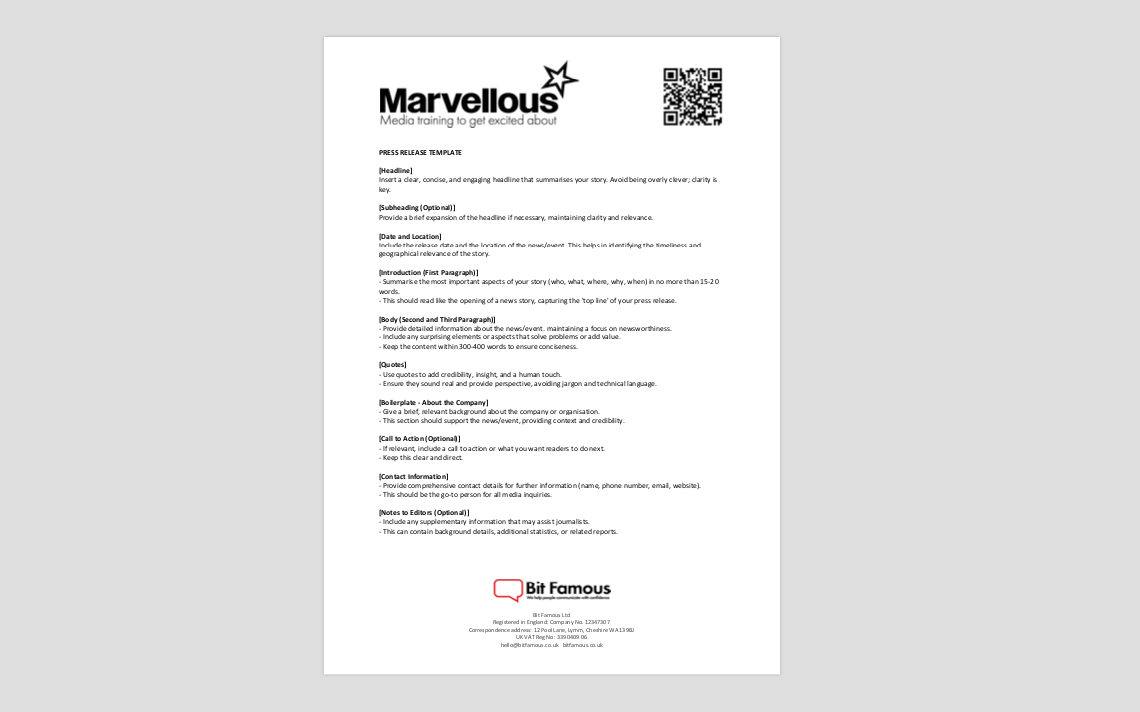
Free press release template (Word)
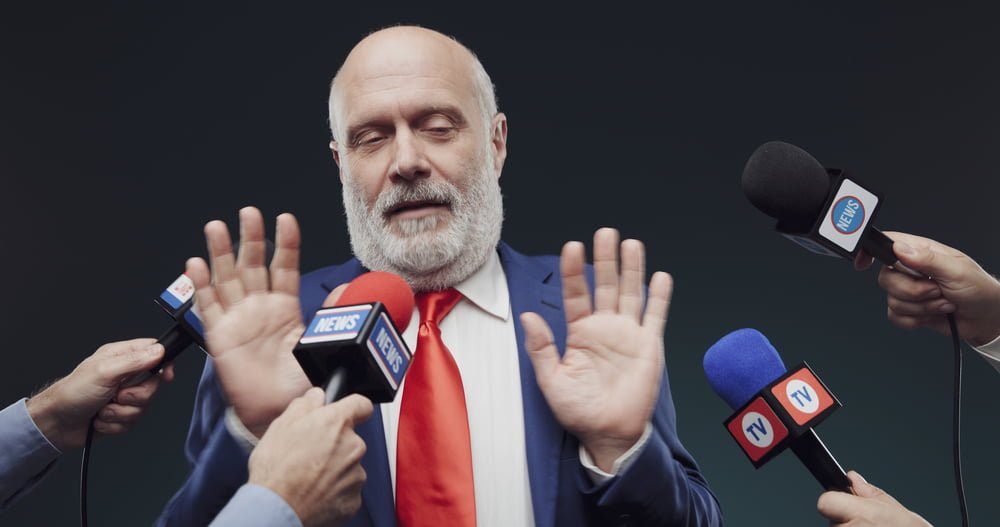
How do you handle a media question you don’t want to answer?
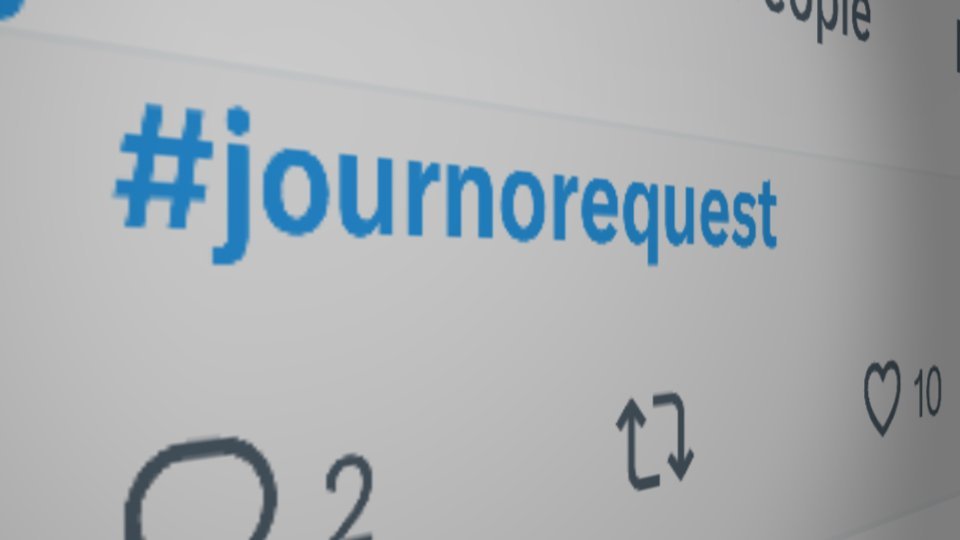
How to use #JournoRequest to get media attention for my business

How do I prepare for a TV interview online using Zoom, Teams or Skype?

How to appear on a business podcast

How to handle a difficult media interview
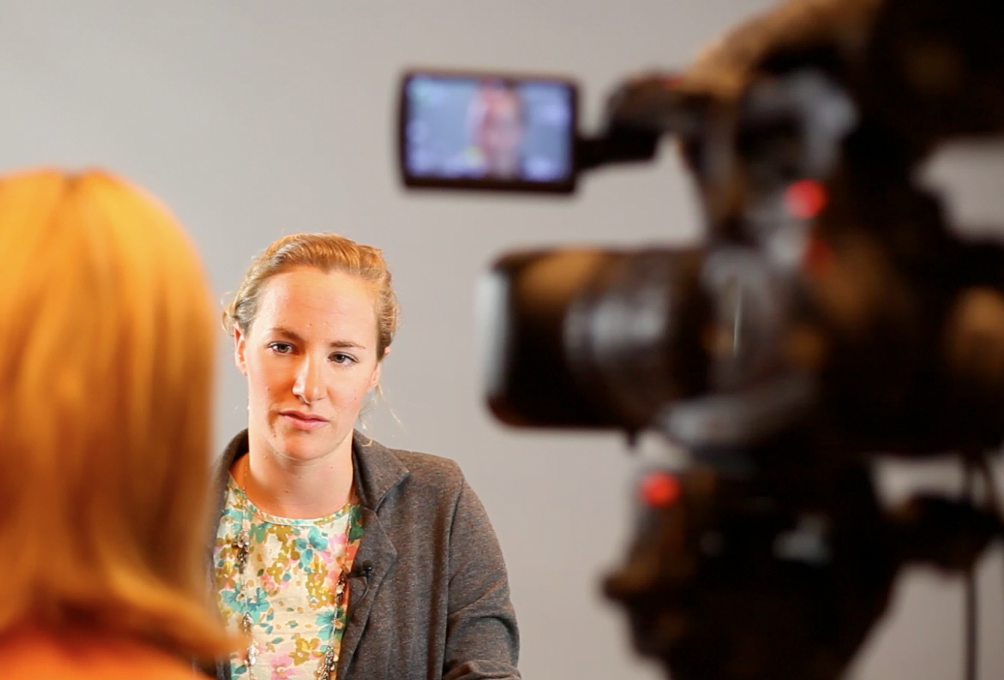
How to get featured in the media

How does the news work?
How can I develop a relationship with a journalist?

Manchester Media Training
How can I incorporate my organisation’s values or mission into a TV interview?
How can I use data or statistics effectively in a media interview?
How can I make my TV interview more engaging for the audience?
How do I research a journalist or interviewer?
How do I look good in a TV interview?

How to decline a TV interview request
Can I have the TV interview questions in advance?
What makes a good TV interview?

